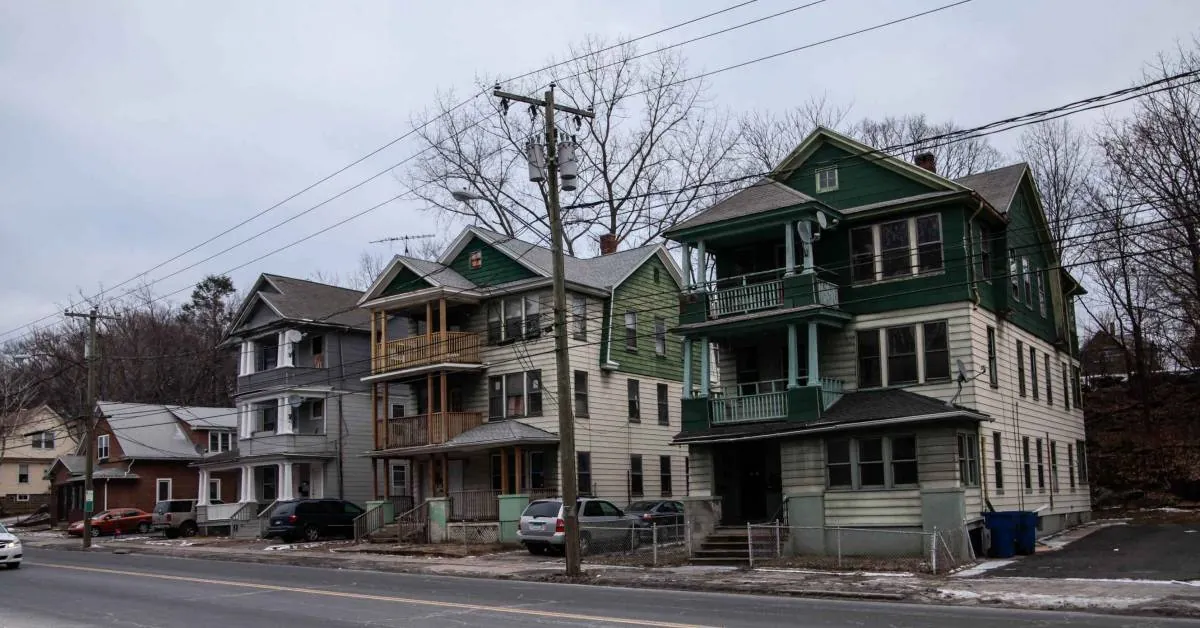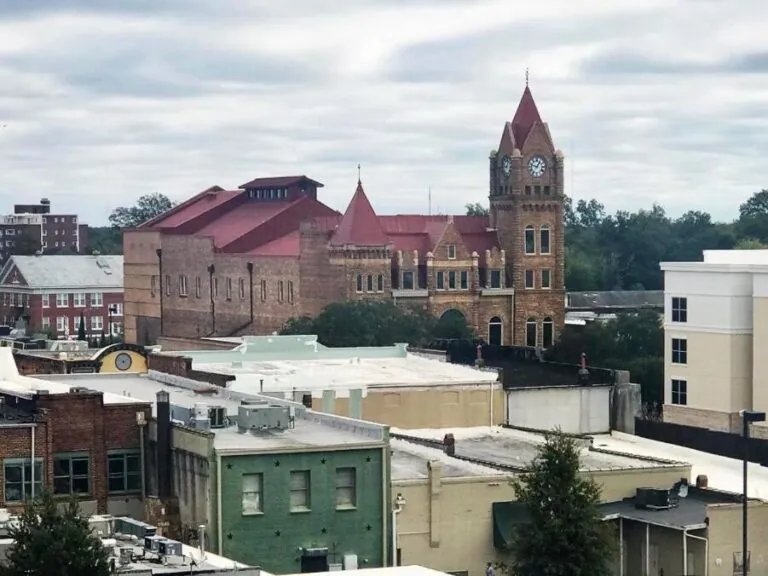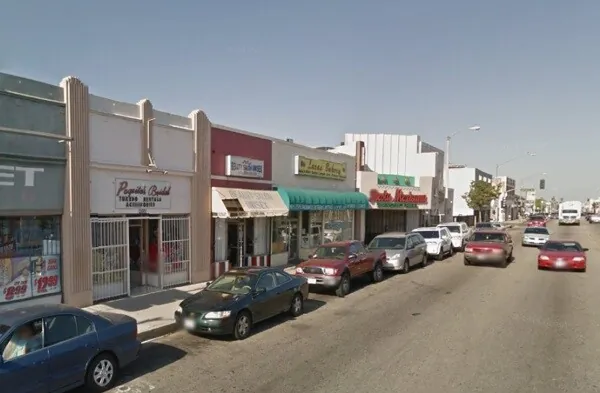This Town Has Been Named the Poorest in Connecticut
Hartford, Connecticut has been named the poorest town in the state, according to the 2020 U.S. Census Bureau. Hartford has a poverty rate of 25.3%, which is more than twice the state average of 10.2%. The city has also been struggling with a number of other challenges, including high unemployment, crime, and school dropout rates.
There are a number of factors that have contributed to Hartford’s poverty rate. One factor is the decline of manufacturing in the city. Hartford was once a major center for manufacturing, but many of these jobs have been lost in recent decades. Another factor is the city’s high cost of living. Hartford has a relatively high cost of housing and other basic necessities, which can make it difficult for low-income residents to afford to live in the city.
Despite its challenges, Hartford is a resilient city with a rich history and culture. The city is home to a number of colleges and universities, as well as a diverse population. Hartford is also home to a number of community organizations that are working to address the city’s challenges.
Factors Contributing to Hartford’s Poverty Rate
- Decline of Manufacturing: Hartford was once a thriving center for manufacturing, providing many jobs for its residents. However, over recent decades, manufacturing jobs have dwindled significantly. As factories closed or moved elsewhere, many residents lost their livelihoods, contributing to the city’s poverty rate.
- High Cost of Living: Hartford also faces the challenge of a high cost of living, particularly when it comes to housing and basic necessities. The expensive housing market and the overall cost of living make it difficult for low-income individuals and families to find affordable options in the city.
Challenges in Hartford
While Hartford’s high poverty rate is a daunting issue, the city also has many redeeming qualities. It boasts a rich history and a vibrant culture, with a diverse population. Hartford is home to various colleges and universities, offering opportunities for education and growth. Additionally, the city is supported by numerous community organizations working tirelessly to address its challenges.
Similar Challenges in Other Connecticut Towns
Hartford is not the only town in Connecticut grappling with a high poverty rate. Several other towns face similar economic challenges. Let’s take a closer look at some of these towns:
- Bridgeport: The most populous city in Connecticut, Bridgeport, has a poverty rate of 21.5%, primarily attributed to the decline of manufacturing jobs and the high cost of living.
- New Haven: The second most populous city in the state, New Haven, has a poverty rate of 23.3%. Concentrations of low-income housing and a high unemployment rate contribute to this statistic.
- Waterbury: As the fifth most populous city in Connecticut, Waterbury has a poverty rate of 21.1%. A significant minority population and high unemployment rates are key factors in this city’s poverty challenges.
- New Britain: New Britain, the tenth most populous city in the state, has a poverty rate of 20.5%. Similar to other cities, it faces issues such as high unemployment and a significant minority population.
- Ansonia: This smaller city in New Haven County has a poverty rate of 22.1%. It also contends with concentrations of low-income housing and a high unemployment rate.
- Willimantic: Willimantic, a city in Windham County, has a poverty rate of 21.3%. Like other towns, it struggles with the challenges of low-income housing and high unemployment rates.
Conclusion
Hartford, Connecticut’s poorest town, faces significant challenges, including a high poverty rate, unemployment, crime, and school dropout rates. Factors such as the decline of manufacturing and the high cost of living have contributed to the city’s struggles. Despite these difficulties, Hartford’s rich history, culture, educational institutions, and community organizations provide hope for its future.
Furthermore, other Connecticut towns, including Bridgeport, New Haven, Waterbury, New Britain, Ansonia, and Willimantic, grapple with similar issues, such as the decline of manufacturing, high concentrations of low-income housing, and elevated unemployment rates. Addressing these challenges and supporting these communities is essential to improving the overall quality of life in Connecticut and ensuring that no town remains trapped in poverty.
Read More:







